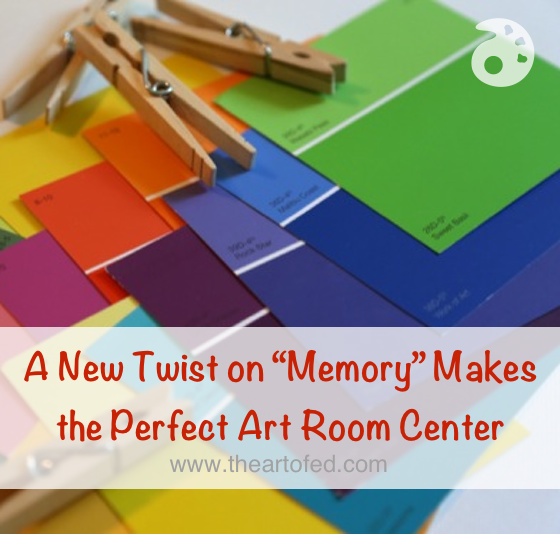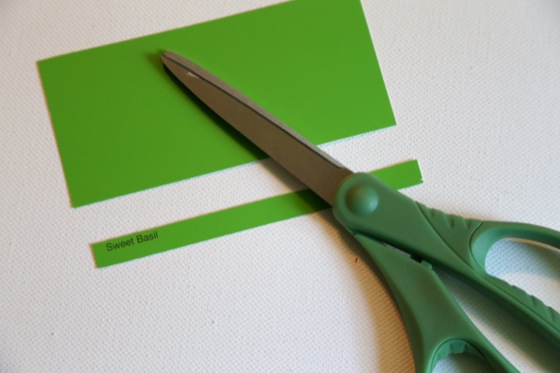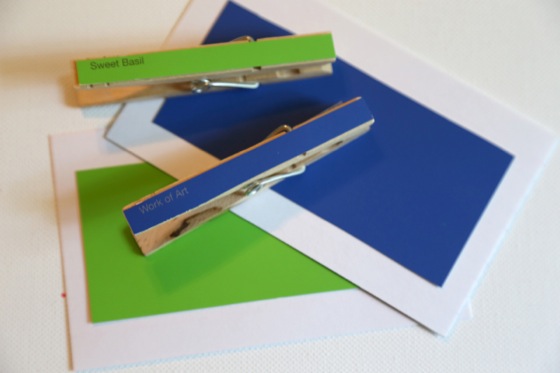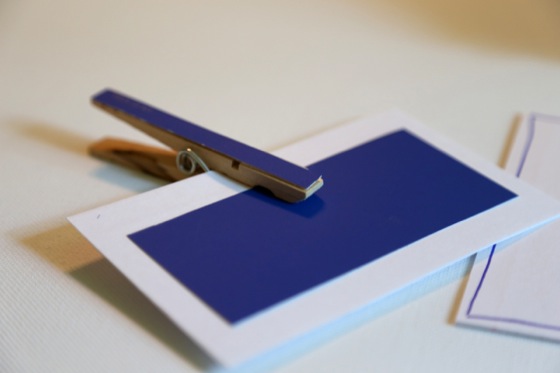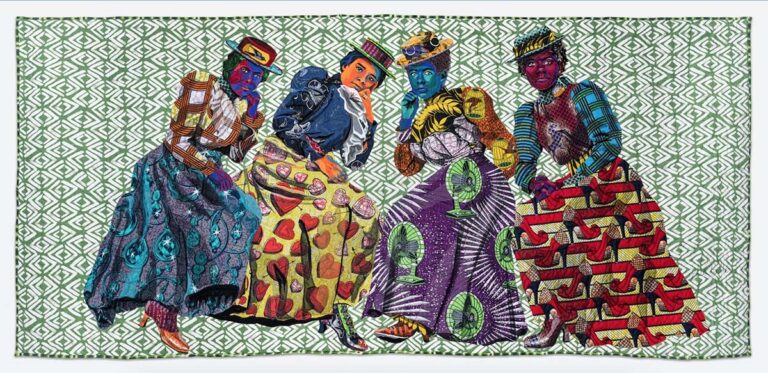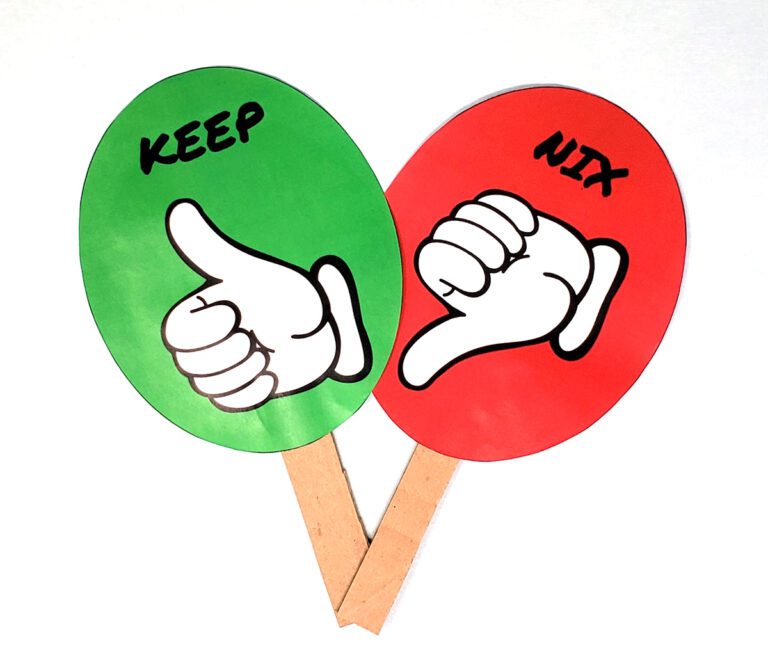I love going to lunch with my fellow teachers. In my world, you can’t go wrong with a pizza, Dr. Pepper, and friends surrounding you. This was the scene right before I started my second year of teaching. I had conquered my first year teaching jitters and felt confident to embrace a new school year… that is, until I received my class schedule.
During my first year, I had established a groove with all my half-day kindergarten classes. A thirty minute class period was long enough to accomplish my goals and short enough to hold their attention. Imagine my surprise when my new schedule stared up at me and proclaimed “full day kindergarten”. Clearly, the first challenge of the year was not only teaching a mixture of half and full-day kindergarteners, but also trying to figure out what I was going to do with the 24 little faces that had an extra thirty minutes with me each week.
My teacher-brain started working up a plan to keep my full-day classes in sync with my half-day classes. I decided that the first thirty minutes would mirror what half-day kindergarteners accomplished. The last thirty minutes would be used for activities which included a variety of art-related centers and occasionally the use of sketchbooks. Once the school year started, it became clear that the plan was working. During centers there are rotating activities happening at each table. These centers range from building to drawing, from magnets to jewelry-making and more. One of my most successful centers ended up being a game called, “Color Match.” I made it up after spending way too many hours perusing the color swatch aisle at the local paint store.
If you’re also facing the challenge of keeping young students engaged, then you might want to make a set of “Color Match” cards for your room!
Making “Color Match”
In order to create this activity you need a stack of different paint swatches, clothespins, a hot glue gun, scissors, construction paper, and a laminator. First, you need to cut the paint name off of the swatches and hot glue them to clothespins. Take the remainder of the swatches and tape them to slightly bigger pieces of construction paper. Once the swatches are taped down, run them through the laminator to protect them. Store the clothespins in a opaque bag.
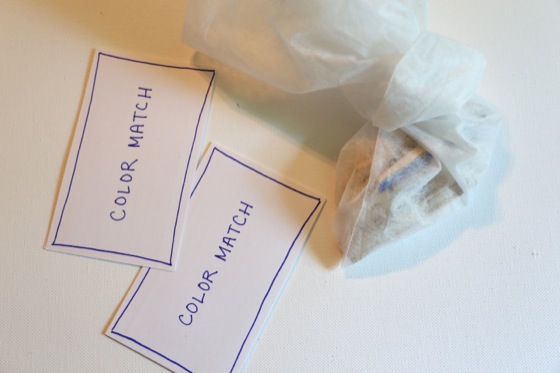
Playing “Color Match”
Find a bag that will hold all the clothespins. Turn all the laminated color swatches upside-down and place them in rows and columns. Each student will take a turn by pulling one clothespin out of the bag (no peeking!). The same student flips one of the swatches over to reveal a color.
If the clothespin color matches the swatch colo,r the students will clip them together and keep them. If not, the clothespin returns to the bag, the swatch gets turned upside-down, and the next student takes a turn. At the end of center time the student with the most matches wins! This game not only immerses students into the world of colors, but it also helps strengthen their memory skills and communication skills with their peers. Plus, they think it is fun!
How do you handle tricky scheduling issues? Have you ever had a similar situation with full and half-day kindergarten? What did you do?
Do you have any made-up games to share?
Magazine articles and podcasts are opinions of professional education contributors and do not necessarily represent the position of the Art of Education University (AOEU) or its academic offerings. Contributors use terms in the way they are most often talked about in the scope of their educational experiences.
